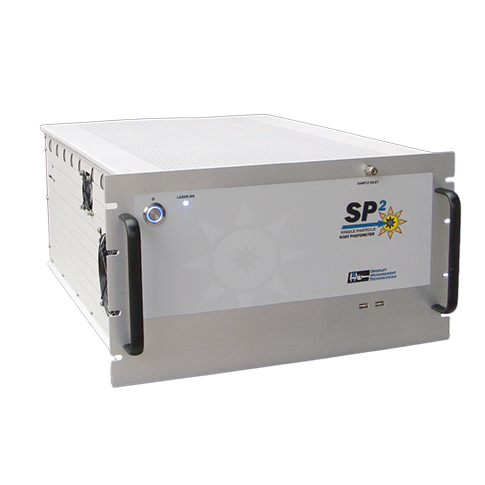
-
About
-
Product
-
Solution
-
Support
-
News
-
Join




 WeChat
WeChat
 T1-11F, Herui Science and Technology Park, Binjiang District, Hangzhou City, Zhejiang Province
T1-11F, Herui Science and Technology Park, Binjiang District, Hangzhou City, Zhejiang Province